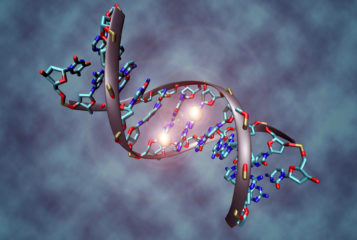Scientists from the University of Western Ontario have found that identical twins may not be as identical as first thought.
Identical twins are formed when a single egg is fertilised and then splits during development. The children inherit the same gene set from their parents and for over a century have been widely thought to be genetic copies of one another.
Schizophrenia is considered to have a genetic component with your chances of developing it greatly increased if a parent or sibling suffers from it. However, it has been documented that in an identical twin scenario if one twin develops schizophrenia it does not mean the other will. This suggests the disease is not purely genetic or that the identical twins might not have the same genes as each other after all.
Molecular geneticist Dr Shiva Singh of the University of Western Ontario's Faculty of Science, compared one million markers of identical twins and their parents, in which one twin had schizophrenia. Dr Singh identified key differences in the twins' genetics and found that 12 percent of DNA could vary across individuals.
He said in a statement: 'Cells are dividing as we develop and differentiate. More importantly, these cells may lose or acquire additional DNA. The genome is not static. Our results have really forced everyone to rethink the idea that identical twins are actually identical. The implication would be that there is nobody with the [same] human genome sequence, everybody is different'.
Sources and References
-
Study: Identical twins don’t have identical genes
-
Identical Twins Are Different: Reveals a New Study
-
Ontogenetic De Novo Copy Number Variations (CNVs) as a Source of Genetic Individuality: Studies on Two Families with MZD Twins for Schizophrenia
-
Identical twins aren't the same
-
Study: Identical twins don’t have identical genes






Leave a Reply
You must be logged in to post a comment.